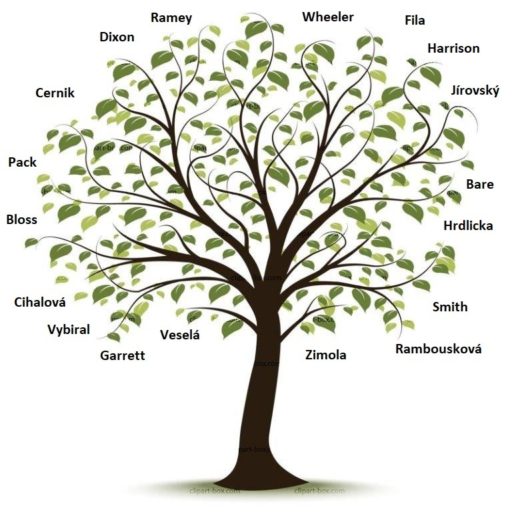It was during the time of King William’s War (also known as the Second Indian War) between 1688–1697. On March 15, 1697, the settlement of Haverhill in the Massachusetts Bay Colony where Hannah, her husband Thomas Duston Jr., and their 9 children lived, was raided by a war party of Abenaki from Quebec. It would later be called “Raid on Haverhill”. During this raid, 27 colonists, 15 of them children, were killed.
This story is both complicated and tragic. From one perspective, Hannah was a hero avenging the murder of her newborn child and fighting to get back home to her husband and her remaining 7 children. From the other perspective, she murdered 10 out of 12 members of a Native American family unit, most of them children, while they slept.
Hannah was born on Dec. 23, 1657, in the settlement of Haverhill in the Massachusetts Bay colony. Her parents were Michael and Hannah Emerson (WEBSTER). She would later marry Thomas Dustin II, a bricklayer and farmer, on Dec. 3, 1677. They would have 12 children. Nine of their children survived infancy.
Thomas Dustin II was born in 1652 in New Hampshire to Thomas and Elizabeth Dustin (WHEELER). Elizabeth is my 8th great-grandaunt, a daughter of Lt. John Wheeler, the first of our Wheeler line in America.
With the large family they had, Thomas had begun to build a new brick house some 1/2 mile away from the existing house. In 1688, King William’s War broke out, the second of the French and Indian wars over control of North America and the fur trade.
At dawn on March 15, 1697, 20 or 30 Abenaki warriors attacked Haverhill. Hannah’s husband, Thomas, who was working some distance from his home, heard the raid. Thomas is said to have
“mounted his horse and raced for the house, yelling a warning to his children, sending them running, as his horse went into a full gallop.”

A Lithograph of Thomas Duston Protecting his children from Native Americans as they escaped the Marsh Garrison House on Pecker Hill. Original Image; Archives of New York Public Library.
He rushed back to his house with his musket in hand. He then led seven of his eight children to safety, stopping to fire on the pursuing warriors and retreating with his children. The natives captured 39-year-old Hannah, her infant, and her nurse, Martha Neff.
They then began a trek north through New Hampshire accompanied by 19 or 20 Abenaki. Hannah later told Cotton Mather they hadn’t gone far when one warrior smashed her infant’s head against a tree. The Abenaki then met up with a family group of 12 natives, including five adults and seven children. Along with another captive, a 14-year-old English boy named Samuel Lennardson was captured over a year earlier in Worcester. The Indians told them they would be stripped and forced to run a gauntlet when they reached their village.
They stopped to camp on an island at the confluence of the Merrimack and Contoocook rivers. One of the native men showed Samuel how to kill a person with a tomahawk and how to take a scalp. The three captives waited until the Indians went to sleep. Then, they clubbed and scalped 10 of the 12 kidnappers. One woman and one child escaped.
Grabbing supplies and any weapons they could, the group of three filled a canoe. They sunk the rest of the canoes and set on their way south, back down the Merrimack River. Realizing the magnitude of their story and that two of them were “just women”, they had no proof, so they quickly returned to the island, scalping their former captors as proof of their ordeal.
Back on the river, the group would only travel at night, under the cover of darkness. They stayed on the Merrimack River till they reached an area known as Old Dunstable, now Nashua, NH. There, they reached the house of John Lovewell and were taken in for the night. The following morning, they resumed their journey, eventually finishing it on foot.

Dustin Garrison House. Haverhill, MA
Hannah was immediately taken to her new house, which had hastily been finished during her ordeal and time as a captive. There, she would rest and recuperate.


